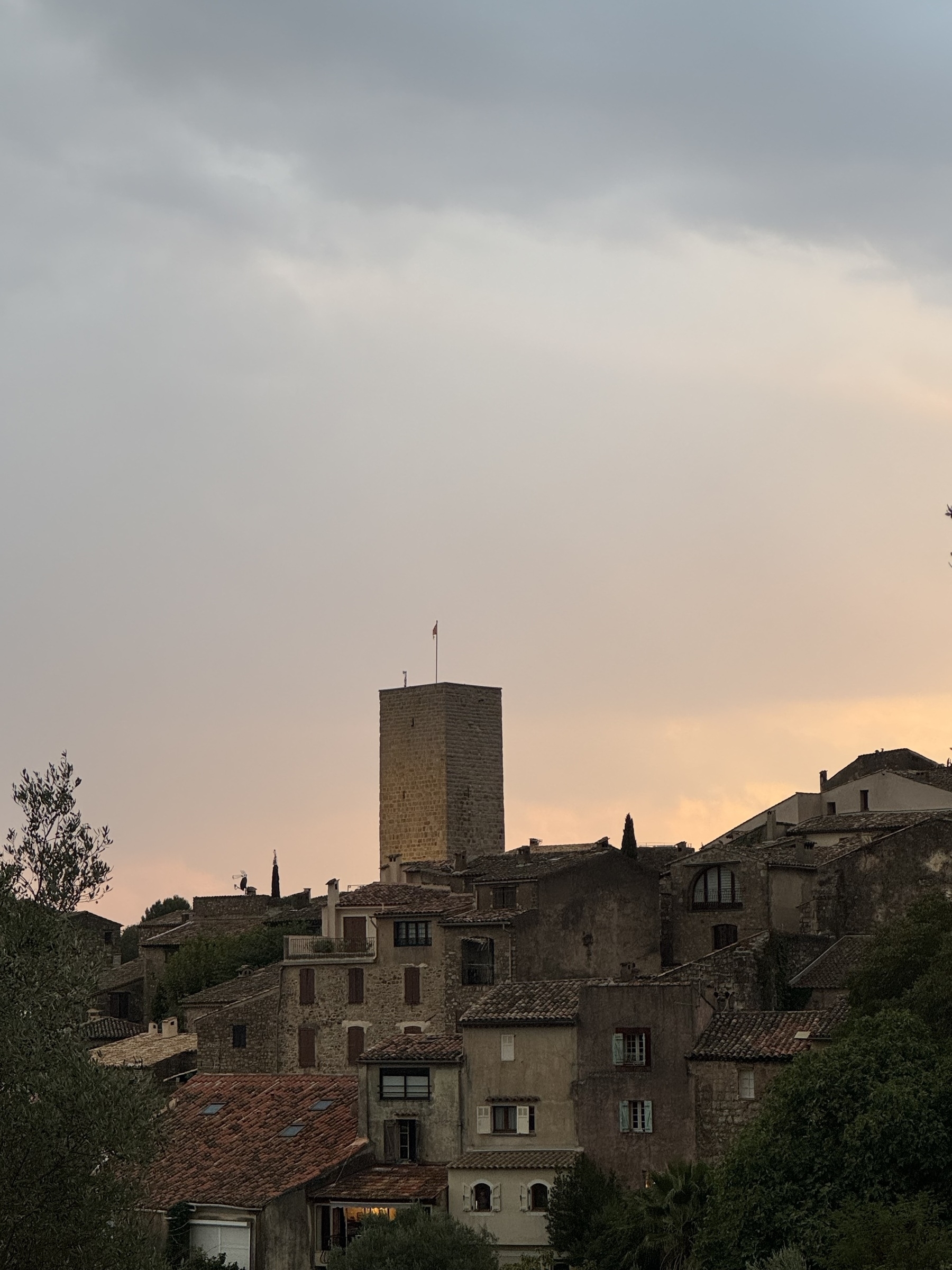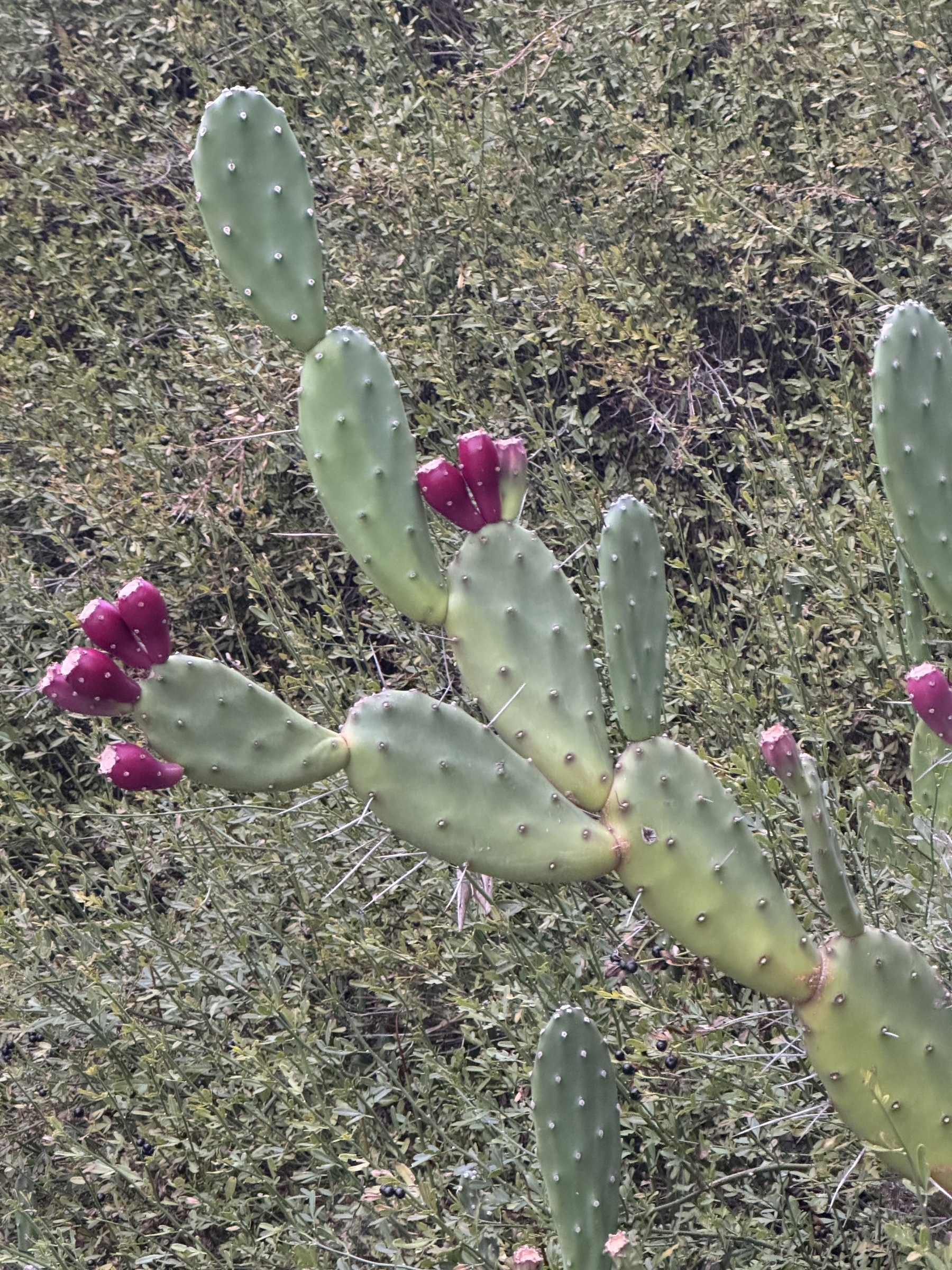The big challenge of modern human health lies in a profound evolutionary mismatch.
We have hunter-gatherer bodies moving and thinking in a digital world, creating a disconnect that manifests in rising rates of chronic disease, mental health struggles, and declining physical vitality.
Our extraordinary brain, the very organ that enabled our species’ dominance, has become both our greatest asset and at times a dangerous liability. This remarkable 1.5kg universe evolved to allow us to be not merely animals that hunt, but strategic hunters who could outwit prey and predators alike. We became a species that does not just endure seasons but predicts and prepares for them, planning harvests and migrations months in advance. We evolved beyond simply finding shelter to actively engineering our environments, adapting entire landscapes to serve our needs.
This cognitive revolution created our capacity for imagination and innovation. Our brains learned to construct mental models of reality, to envision possibilities that did not yet exist, transforming us into the entrepreneurs and inventors who would reshape the planet. Yet there lay the trap: our success-driven brain has an inherent bias toward efficiency and energy conservation, a trait that was-literally-vital when calories were scarce, intermittent and of varying quality and simultaneously physical demands were high and constant.
What’s to be done? Walk; get outside; stop and think. Be a Human Being not simply a Human Doing.

